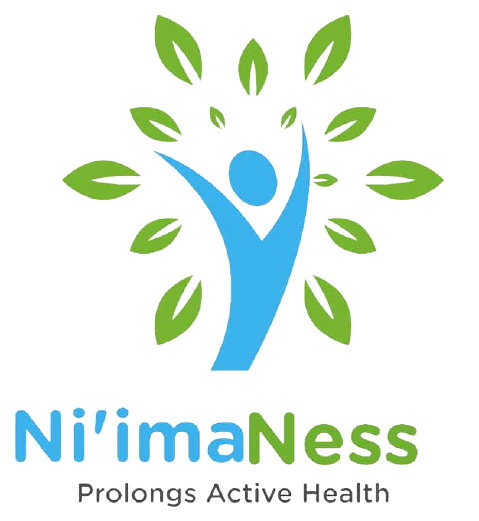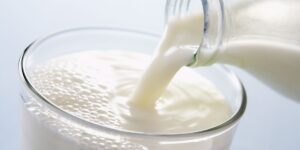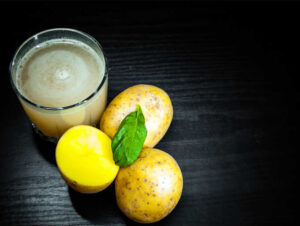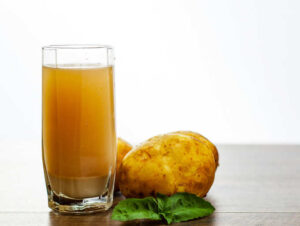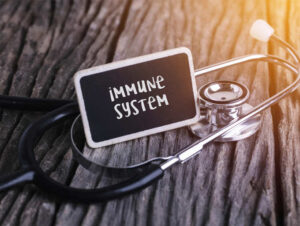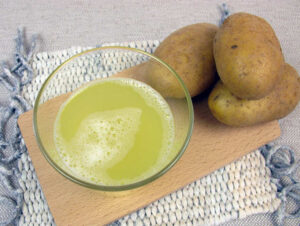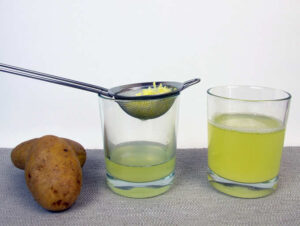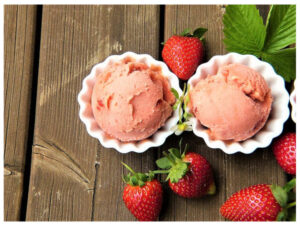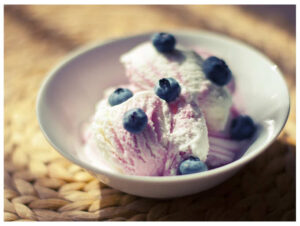
HONEY TYPES AND WHICH IS THE HEALTHIEST
1. It’s all about the honey
Honey, whether you call it a natural sweetener or a flavor enhancer, is a readily available product that is also nutritious! It’s not just a sweetener; it’s so much more. It has a lengthy history and is regarded as an all-rounder of nature’s best treatments due to its therapeutic characteristics. This sweet nectar’s flavor and texture make it ideal for a wide range of recipes. You may have only seen one or two types of honey up to this point, each with its own texture and color that varies depending on the processing processes and medicinal application. However, the content of honey can vary based on the source of the nectar, resulting in differences in texture and flavor. Today, there are over 300 different types of honey on the market, each with its own set of health benefits. Here is a guide to the various types of honey that will help you determine which one is the best.
2. What is the process of making honey?
Honeybees feed on the sweet nectar of various flowers, which is what this natural sweetener is made of. The honeybees store the nectar in their honey stomachs and bring it back to their hives. They refine the honey in the hive to evaporate all of the water (by constantly fanning their wings) before storing it in the honeycombs. Pure honey is produced in the honeycombs.
3. Interesting facts about honey
This delectable yet mystical stuff is far more than you could imagine. Believe it or not, there are some fascinating honey facts that most people are unaware of. Honey, if kept in an airtight jar, is said to never spoil. You might also be astonished to learn that honey bees must collect nectar from two million blossoms to generate one pound of honey. A honey bee is the only creature that generates food that is consumed by humans, which is a fascinating and surprising fact about honey.
4. Honey from Jamun
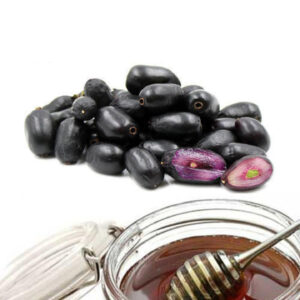
It is made from Jamun extracts and has a low glycaemic index, making it suitable for diabetic individuals.
5. Litchi Honey
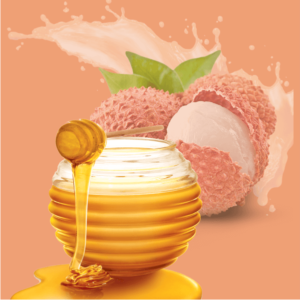
This is a gluten-free honey substitute. This honey is quite light and comes from the organic litchi orchards in Muzaffarpur (UP) in India. This honey can be used to treat digestive problems.
6. Honey made from Eucalyptus
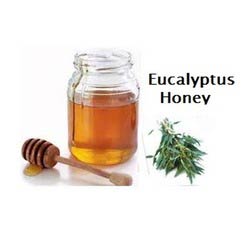
This honey is made from eucalyptus flowers and has a pleasant woody flavor. It is well-known for its ability to relieve minor coughs, chest congestion, headaches, and digestive issues.
7. Clover Honey

This honey is a form of traditional honey with flowery and sweet aromas. This honey is known for its therapeutic powers and contains a large amount of antioxidants. This honey can also assist to lower blood pressure and cholesterol levels. “Honey is helpful for health since it is thought that honey mobilizes stored fat,” says Mr. Samarth Garg, Founder of HoneyTub. When fat is burned while doing daily duties, it aids in weight loss. Because lemon juice is high in Vitamin C, honey mixed with lemon juice boosts fat metabolism.”
8. Honey from Acacia
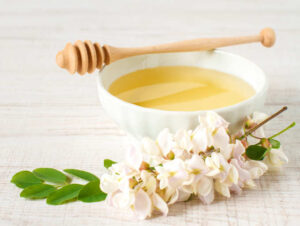
It’s a delicious, pure honey made from the Black Locust tree in the United States. This honey is renowned among honey lovers because it contains more fructose and less sugar, making it the greatest choice for diabetic people.
9. Honey with Rosemary
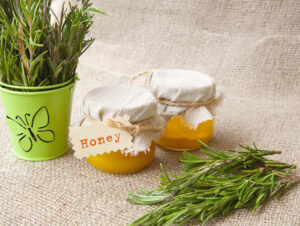
Rosemary honey is a pale golden color with a strong sweet flavor. It’s generally used in cosmetics to keep the skin moisturized. Not only that, but it also aids in the treatment of cardiovascular disorders and digestive problems.
10. Honey with Lavender
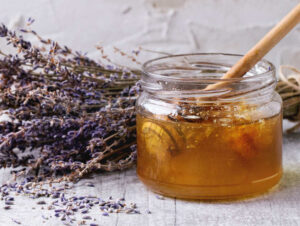
Lavender honey is a pale yellow honey with a floral, woody scent. It’s one of the lightest-tasting honeys with interesting qualities. This honey contains tyrosine, a type of amino acid that is essential for brain function. This honey can also improve your mood while lowering your depression.
11. Manuka Honey
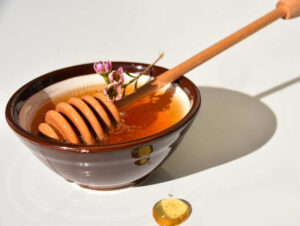
Bees make this honey by pollinating the blossoms of the Manuka shrub, which is native to New Zealand. The antimicrobial and wound-healing qualities of this honey are well-known. In comparison to other honeys, this one has a caramel-like texture and a medicinal flavor.
12. White Honey
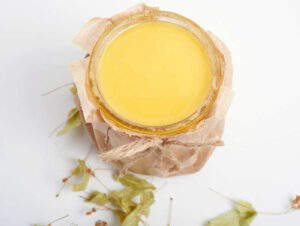
It’s one of the more uncommon honey varieties, with a milder flavor than other honey varieties. This honey comes from the blooms of sage, alfalfa, and white clover, and has a very light amber color, contrary to its name. Kiawe honey is a unique white honey that is offered in its natural state and has a creamy white texture. This honey is recommended for baking and digestive problems.

 Diet4 years ago
Diet4 years ago
 Home Remedies4 years ago
Home Remedies4 years ago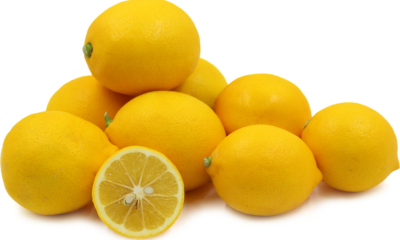
 Diet4 years ago
Diet4 years ago